By Film Noir Blonde and Mike Wilmington
The Film Noir File is FNB’s guide to classic film noir, neo-noir and pre-noir on Turner Classic Movies (TCM). All movies below are from the schedule of TCM, which broadcasts them uncut and uninterrupted. The times are Eastern Standard and (Pacific Standard).
Pick of the Week: Two Classics from The Couple: Bogart and Bacall
Bogie. Bacall. The Ultimate Film Noir Couple. At their best. Need we say more?
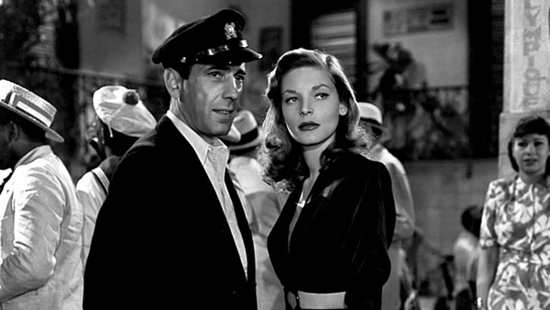
Director Howard Hawks discovered Lauren Bacall and cast her opposite Humphrey Bogart. They fell for each other while making “To Have and Have Not.” She was 19.
“To Have and Have Not” (1944, Howard Hawks). Tuesday, Sept. 16, 10 a.m. (7 a.m.).
With Humphrey Bogart, Lauren Bacall, Walter Brennan, Hoagy Carmichael and Marcel Dalio.
“Key Largo” (1948, John Huston). Tuesday, Sept. 16, 12 p.m. (9 a.m.). With Bogart, Bacall, Edward G. Robinson, Lionel Barrymore, Claire Trevor and Thomas Gomez.
Friday, Sept. 12
12:45 a.m. (9:45 p.m.): “Dr. Jekyll and Mr. Hyde” (1931, Rouben Mamoulian). Fredric March won the Best Actor Oscar for playing those exemplars of good and evil, alter-egos Jekyll and Hyde, in this dark and very stylish version of Robert Louis Stevenson’s classic about the potion that turns a good man into the devil incarnate. With Miriam Hopkins as Hyde’s sad, beauteous victim Champagne Ivy. For Jerry Lewis’ daffy version of this tale, try his 1963 comedy classic “The Nutty Professor,” on TCM this week at 8 p.m. (5 p.m.), Thursday, Sept. 11.
2:30 a.m. (11:30 p.m.): “The Story of Temple Drake” (1933, Stephen Roberts). A grim pre-Code adaptation of William Faulkner’s shocker about Deep South rape, scandal and murder, and the weird relationship between rich girl Temple (Miriam Hopkins) and the brutal gangster whom Faulkner called Popeye (Jack La Rue).
3:45 a.m. (12:45 a.m.): “Freaks” (1932, Tod Browning). With Olga Baclanova, Wallace Ford and Harry Earles. Reviewed in FNB on April 18, 2013.
Saturday, Sept. 13
8 p.m. (5 p.m. ,.): “Belle de Jour” (1967, Luis Bunuel). With Catherine Deneuve, Michel Piccoli, Genevieve Page, Jean Sorel, Francisco Rabal and Pierre Clementi. (In French, with subtitles.) Reviewed in FNB on March 8, 2013.
Monday, Sept. 15
8 p.m. (5 p.m.): “Background to Danger” (1943, Raoul Walsh). With George Raft, Brenda Marshall, Sydney Greenstreet and Pater Lorre. Reviewed in FNB on Jan. 9, 2013.
Tuesday, Sept. 16
6 a.m. (3 a.m.): “The Confidential Agent” (1945, Herman Shumlin). Classy but somewhat turgid adaptation of one of Graham Greene’s spy “entertainments.“ With Charles Boyer, Lauren Bacall and Peter Lorre.
10 a.m. (7 a.m.): “To Have and Have Not” (1944, Howard Hawks). See Pick of the Week.
12 p.m. (9 a.m.): “Key Largo” (1948, John Huston). See Pick of the Week.
Wednesday, Sept. 17
6:30 a.m. (3:30 a.m.): “The Asphalt Jungle” (1950, John Huston). With Sterling Hayden, Jean Hagen, Sam Jaffe, Louis Calhern and Marilyn Monroe.
10 a.m. (7 a.m.): “The Narrow Margin” (1952, Richard Fleischer). With Charles McGraw, Marie Windsor and Jacqueline White.
 11:30 a.m. (8:30 a.m.): “The Blue Gardenia” (1953, Fritz Lang). With Anne Baxter, Richard Conte, Nat “King” Cole and Raymond Burr. Reviewed in FNB on May 22, 2013.
11:30 a.m. (8:30 a.m.): “The Blue Gardenia” (1953, Fritz Lang). With Anne Baxter, Richard Conte, Nat “King” Cole and Raymond Burr. Reviewed in FNB on May 22, 2013.
1 p.m. (10 a.m.): “Suddenly” (1954, Lewis Allen). With Frank Sinatra, Sterling Hayden, James Gleason and Nancy Gates. Reviewed in FNB on April 23, 2012.
4 p.m. (1 p.m.): “I Died a Thousand Times” (1955, Stuart Heisler.) With Jack Palance, Shelley Winters, Lee Marvin and Lon Chaney, Jr. Reviewed in FNB on Jan. 15, 2013.
6 p.m. (3 p.m.): “Al Capone” (1959, Richard Wilson). With Rod Steiger, Martin Balsam and Fay Spain. Reviewed in FNB on May 29, 2014.
8 p.m. (5 p.m.): “Billy Budd” (1962, Peter Ustinov). With Terence Stamp, Robert Ryan, Ustinov and Melvyn Douglas. Reviewed in FNB on Nov. 10, 2013.
10 p.m. (7 p.m.): “The Great Sinner” (1949, Robert Siodmak). Dark costume drama with eye-catching Siodmak direction and an extraordinary cast: Gregory Peck, Ava Gardner, Melvyn Douglas, Walter Huston, Ethel Barrymore, Agnes Moorehead and Frank Morgan. In novelist Christopher Isherwood’s offbeat screenplay, Peck is obsessed with Gardner and with gambling.
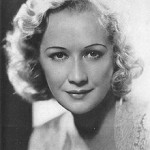
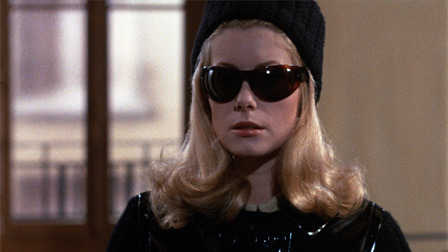






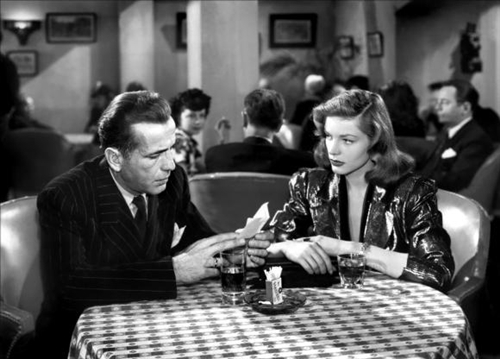

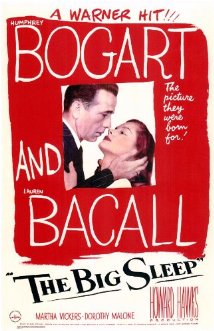
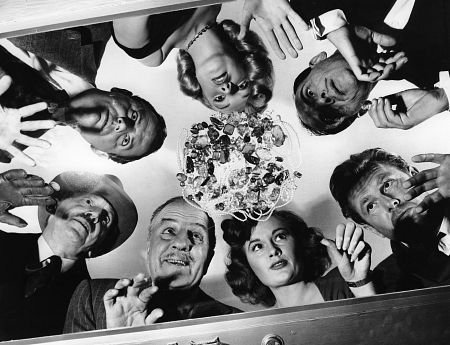
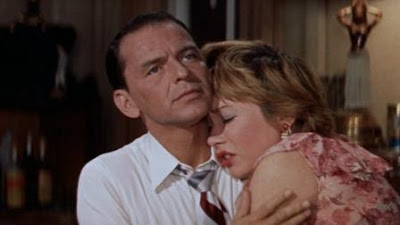
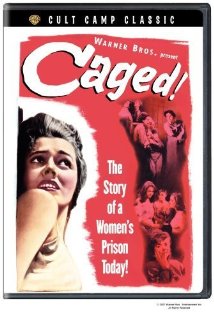

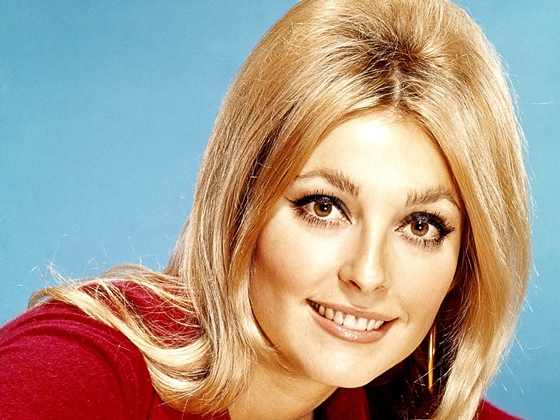
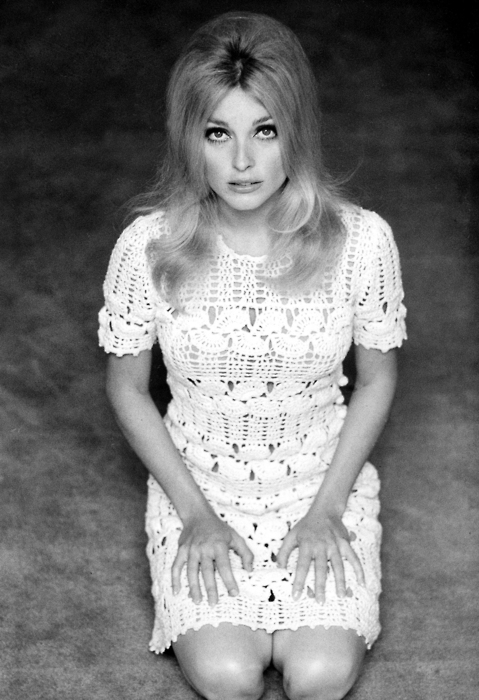
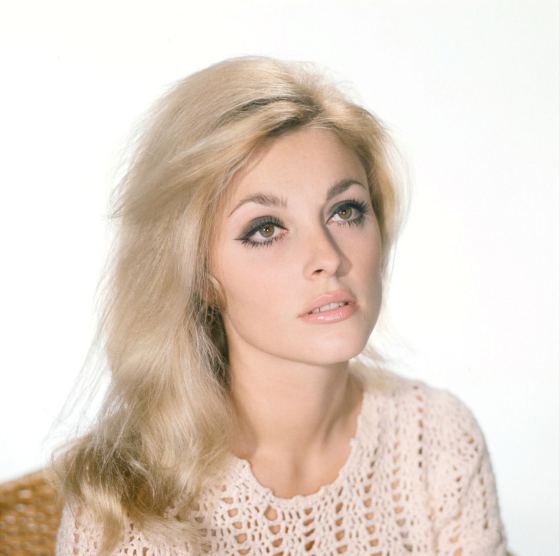
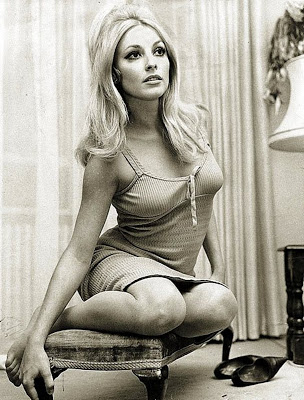
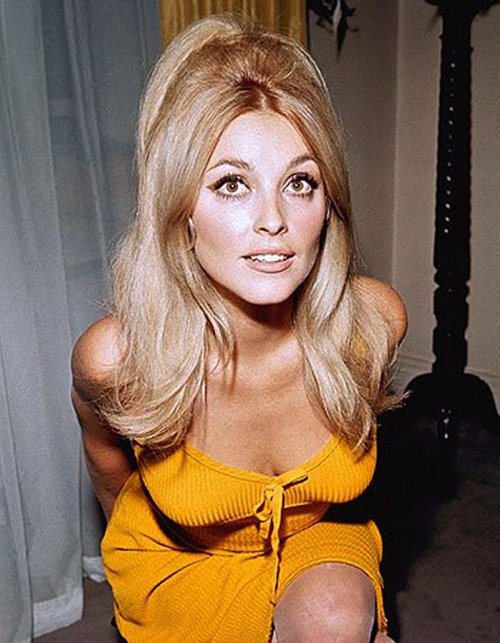
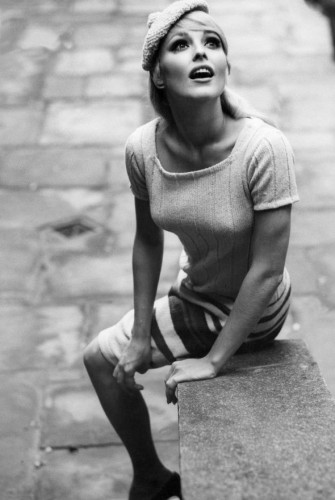
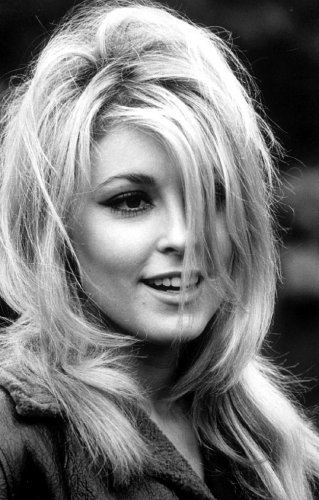

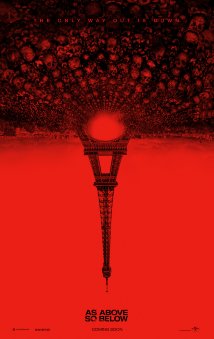
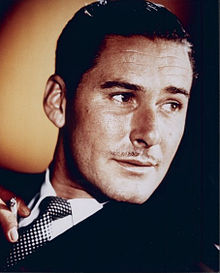
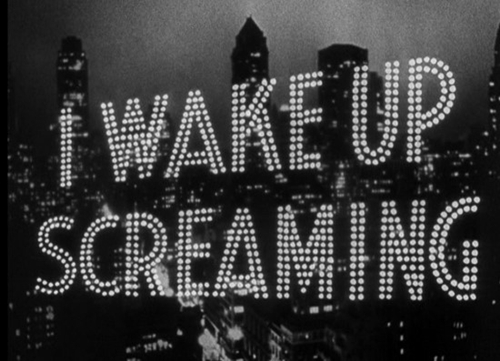
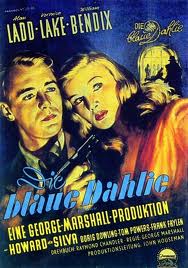
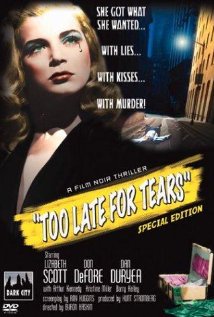
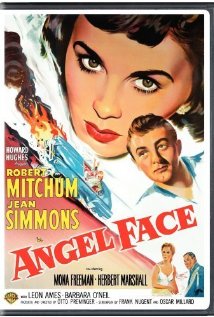
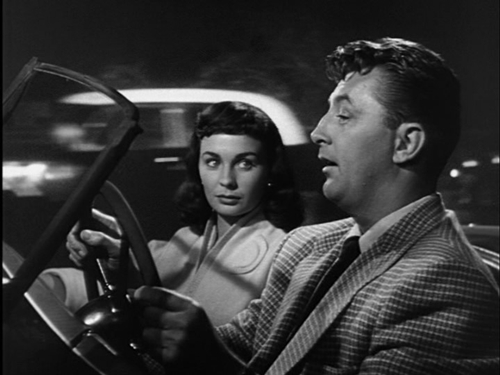
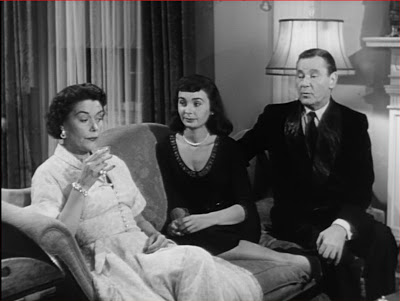






From FNB readers